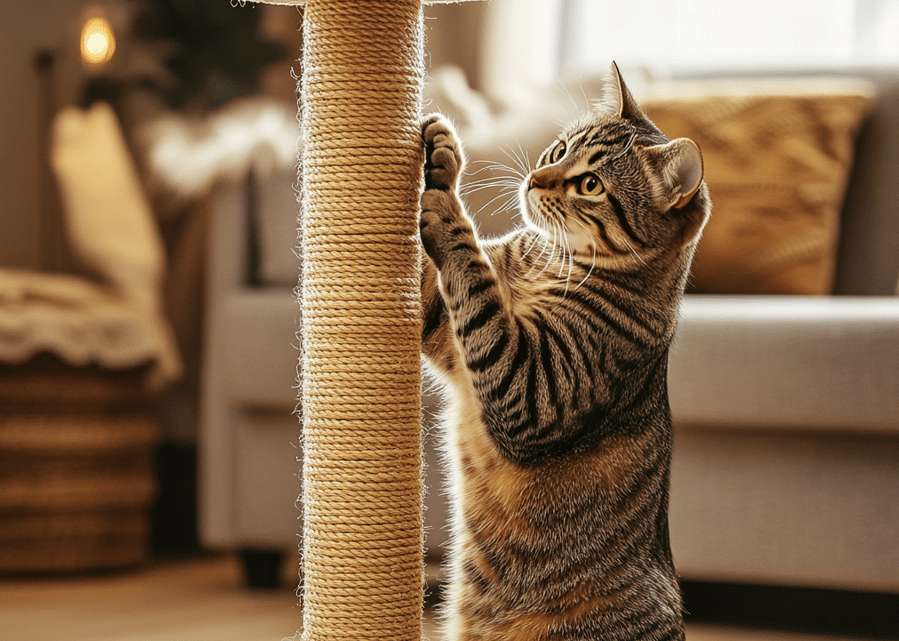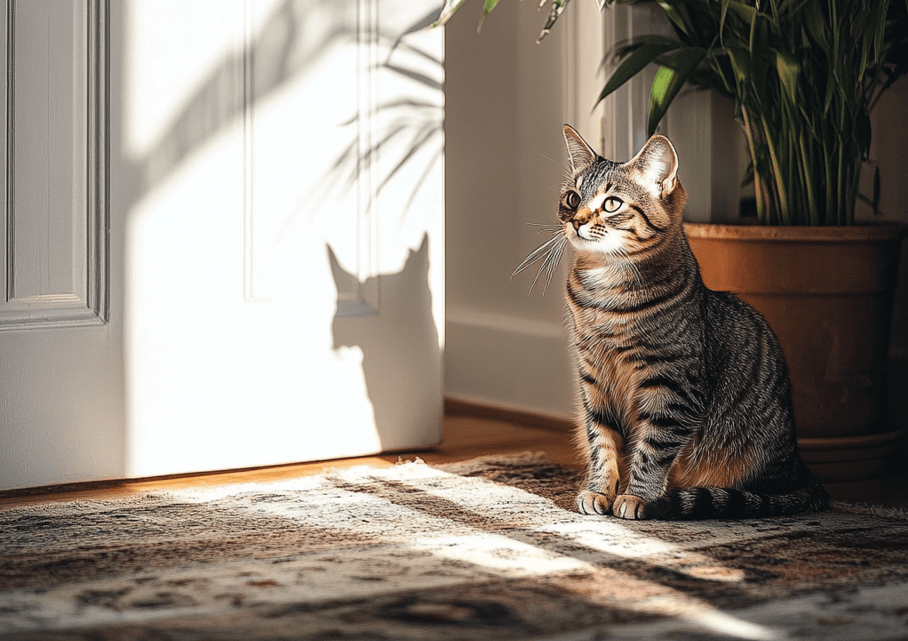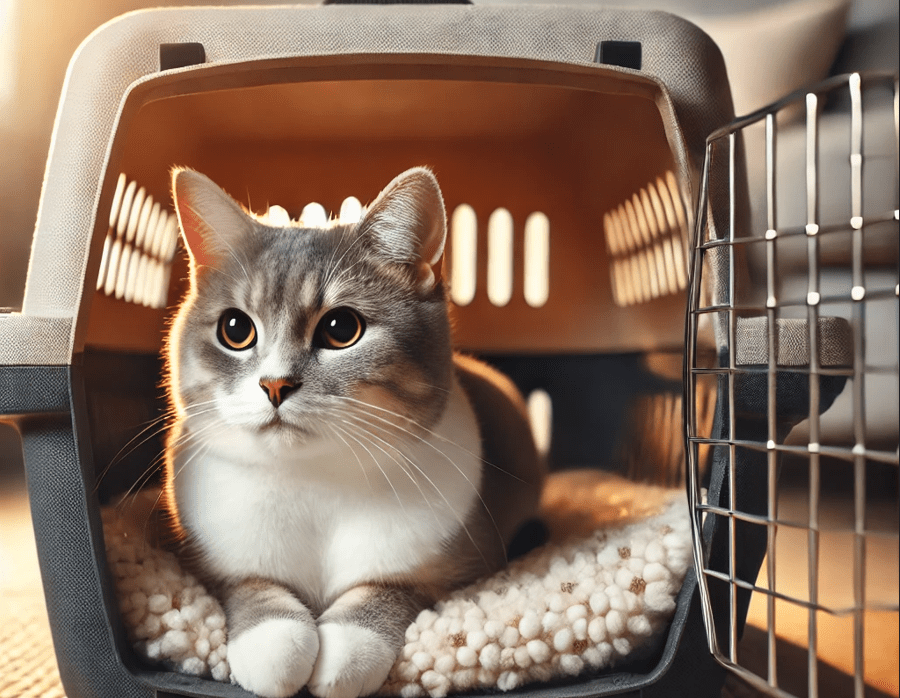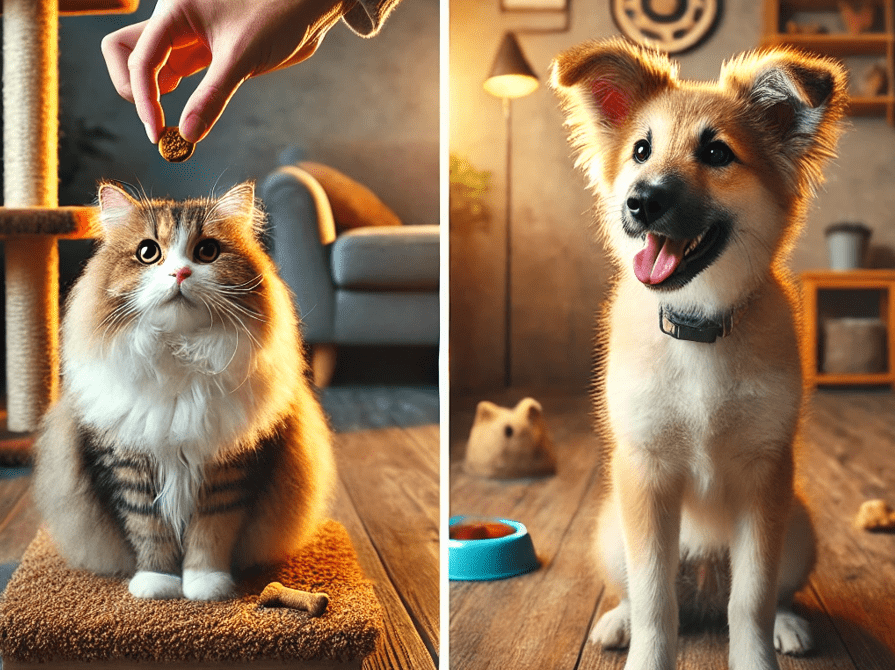
Have you tried to train your cat to listen and behave well at home? Does your cat scratch furniture, ignore your calls, or make a mess? Cat obedience training may be the answer. Using the right methods and a little patience, you can train your cat to obey simple commands and help to achieve a more harmonious atmosphere in your household. This article walks through the thorough list of things you should know about cat obedience training that will make your life easier for getting your cat trained.
Cat Obedience Training: What Is It?
Cat obedience training is similar to training a dog, in that it involves teaching your cat how to perform basic behaviors and respond to commands. Training a cat can be a different story, though. The nature of cats is to be more free-spirited, and they are not going to jump to respond to the extent that trained dogs do. That’s precisely why knowing the basics of cat obedience training is important to achieving success. It allows your cat to interpret what you expect from them, which will make it more likely that they abide by the rules in your house.
The Importance of Cat Obedience Training
There are numerous advantages to obedience training. It’s more than teaching tricks. Training addresses issues like scratching furniture and jumping on counters.

Behavior problems are corrected with obedience training. Cats tend to scratch the furniture, jump on the counters, etc. None of these behaviors are going to go away without training. It shows the cats what is acceptable behavior and what is not.
Training even enhances your connectedness with your cat. You establish a deeper connection by being respectful. Spend quality time with your cat when you train them. It reinforces your bond and improves your relationship further.
Also, communications are enhanced. That means using clear commands and rewards to communicate with your cat more effectively. Your cat becomes better at following what you say. It also makes it easier to request your cat to do things.
Trained felines are secure and confident. They know how to do so and what is expected of them. That confidence means they are happier and healthier. A happy cat is a healthy cat.
Cats like routine. Training provides them with a schedule to adhere to. This makes them feel safe and calm. Cats behave better when they know what to expect. They cease doing things you don’t want them to do.
Training also prevents cats from becoming bored. It helps keep their minds active and engaged. Cats need mental stimulation. This is provided with training, which makes them livelier and more alert.
There are even some training techniques you can do at home. Give them simple commands—“sit” or “stay.” When they listen, reward them with treats. This makes them curious and want to discover more. Your cat will learn and, over time, will become more loyal and responsive.
General Rules for Training a Cat to Obey
To successfully train your cat, you will need to know a little bit about the basic principles of cat learning. Unlike dogs, cats are very different and need different training methods. Here are some principles of cat obedience training –
Positive Reinforcement
Cats are sensitive to positive reinforcement. That is, praise your cat when obeying commands or displaying good behavior, which entails being rewarded. Rewards can range from treats to petting to verbal praise. Punishment, the fear of punishment, and the confusion of punishment need to be avoided. Positive reinforcement helps your cat repeat the good behavior.
Consistency is Key
When training your cat, consistency is key. If you use different commands or rewards, you will confuse your cat! Use a consistent verb for every command and amenity after positive behavior. This is so your cat learns that whatever behavior got them the reward is directly related to the reward.
Short Training Sessions
Cats have a short attention span. If your cat tries to escape, it can be frustrating (for both of you!). There are generally quick training sessions (5-10 mins). Take time for only one command and move towards other behavior once the command has been mastered.
Top Commands to Teach Your Cat
If you want to train your cat, start with simple commands that are easy to pick up. Here are some simple commands that can set you up for success with your cat training.
Sit
Teaching a cat to sit is one of the easiest commands. Begin by placing a treat above your cat’s head, and then gradually pull it back toward the base of his or her tail. That will naturally cause them to take a seat. When they do, reward them with the treat and immediate praise. Once you are on a roll, your cat will sit on command every time.
Come
It is particularly useful if called when you are in another room or even outside. To teach your cat to come, hold a treat in your hand and say your cat’s name or a command such as “come.” Next, when your cat approaches you, treat it. Eventually your cat will make the association between the sound of your voice and the treat and will begin to come when called.
Stay
The “stay” command trains your cat to stay put. Get them to sit first, then hold your hand in front of them and say, “Stay.” You take a few steps back, and if your cat doesn’t move, give them a reward. The learning years are few, so be patient and start slowly to slowly increase the distance and repeat the command.
Training Strategies for Felines with Unique Behaviors
Training techniques should focus on particular problems, as every cat has different behavior issues. Below are a few common behaviors you would like to correct:
Scratching Furniture
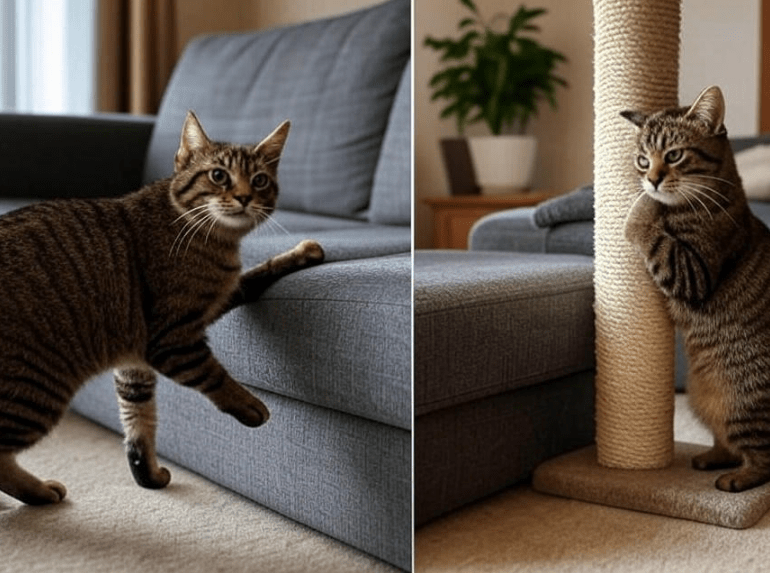
Although scratching is a normal behavior for cats, it can be destructive if they scratch your furniture. To discourage this, offer scratching posts and pads to the cat. When they use the scratching post, reward them; if they scratch the furniture, redirect them gently. In time, your cat will come to understand what the approved scratching areas are.
Jumping on Counters
Tons of cats enjoy jumping up on counters. To prevent this behavior, first clear the counter of all food and other temptations. Immediately say a firm “no” or “off” when your cat jumps on the counter. Give them a treat when they come down. This whisks your cat to teach them that staying off the counters means positive rewards.
Litter Box Training
Is your cat having issues with their litter box? It could be a matter of location, cleanliness, or stress. Ensure that the litter box is clean and in a quiet, easy-to-access location. If your cat has an accident outside of the box, gently put them back in the litter box after eating or napping. Praise them for using the box appropriately.
How to Do Clicker Training for Cats

Another great way to teach your cat obedience is through clicker training. It employs a small gadget that clicks. This noise signifies to your cat that they were successful.
First, introduce the clicker. Train them to associate the click sound with something positive like food or a favorite toy. Click every time your cat hears the click and, within seconds, treat them. This allows your cat to associate the sound with a reward.
Next, add commands. Once your cat understands the click signals and a treat, use them to train behaviors such as sitting or staying. Click them and reward them when your cat does what you want.
You can make the commands more complicated as your cat learns. Continue to give them treats and praise. This gives them an idea regarding your desire and enhances their confidence.
Using a clicker for training is fun and effective. This makes it simple for your cat to learn. Get access to insightful news, ideas, and opinions. You can begin with easy tasks and then move on to difficult ones.
Clicker training increases the bond between you and your cat. And it does that by connecting you more clearly and more thoroughly. After some time, your feline friend will start being much more responsive and cooperative.
Cat Obedience Training: Do Not Make the Following Mistakes
Training your cat is not that simple, and you might face setbacks along the way. Another classic error is using inconsistent commands. This happens when you use different words or hand gestures for the same command; it will confuse your cat. To avoid confusion, be consistent in the command, whether it is a word or gesture, and only choose one per action.
Another is scolding your cat. Furthermore, punishing a cat can result in confusion, since cats respond better to positive reinforcements rather than punishment. Rather than scolding, redirect undesirable behavior and praise desired behavior. It promotes a positive learning environment and enhances your bond with your cat.
Lastly, they tend to make the mistake of overfeeding treats. Though treats are an essential aspect of training, they must be utilized carefully. The only thing you need to look out for is not to overfeed yourself with cat food so that your diet is still healthy and you do not gain weight. The key to ensuring that your cat stays healthy but is still going to be rewarded properly in training is to keep treats to a minimum and not exceed portion sizes by using small treats.
Conclusion

Cat obedience training encompasses more than simply training your kitty to follow what you command; it’s proof of a stronger bond, better behavior, and a calmer environment at home. With the use of positive reinforcement, consistency, and short, fun training sessions, you can teach your cat the most basic behaviors. Just remember to be patient and that every cat learns at his or her own rate. Whether it’s discouraging undesirable behaviors like scratching or just teaching an elaborate trick, the energy you put into training will be returned to you in the shape of an obedient, happier cat. So, start small, stay consistent, and enjoy the process — your cat’s transformation starts with you.


